When I started my business, many people advised me to create a business plan. I researched business plans and quickly found them tedious to develop and cumbersome to use. Instead, I recognized I needed to understand my target customers and what would solve their problems. You can explore these fundamental questions rapidly by creating a business model to document your assumptions and then updating that model with market research and experiments. This post explores the business model paradigm and its use in more detail.
In the past, you needed a formal business plan to start a company. A traditional-format business plan helps you identify gaps in your knowledge and questions to answer but is time-consuming to create and maybe outdated before you make much progress. It’s also only necessary if you are seeking financing from banks and other formal sources. In most cases, your best first step is creating your business model or plan to generate income. Once created, you can experiment with a business model, testing different hypotheses about your customers, products, and services. Once vetted, you can quickly expand that working model into a traditional business plan. This article will discuss how to start working on a business model, finding or generating good ideas, and when to update that model.
Getting started is always the most challenging step, so make it easier by using a business model canvas as a template and framework. There are many online templates (my favorite is Ash Maurya’s LeanCanvas), but you can use a simple table as shown in the SBA Lean Startup plan. Any business model has nine components:
- Customer segments – the people or businesses you will reach and serve. There will be more than one segment if they have different needs or relationship requirements.
- Value propositions – how you will serve those customers and solve their problems.
- Channels – the communication, distribution, and sales channels that deliver your value proposition to your customers.
- Customer relationships – how you work with your customers, from personal assistance to self-service.
- Revenue streams – how your business will earn money from the value propositions you offer to your customers.
- Key resources – what assets your business uses to deliver the value propositions.
- Key activities – the most important things your company does.
- Key partnerships – the network of suppliers and partners you need.
- Cost structure – all the costs incurred to operate your business
Try to create your first model quickly. If you are guessing or don’t know the answer to any component, that’s useful to document. This approach will help you figure out what you don’t know and where you are guessing or making assumptions. A business model’s highest value comes from using it to test your assumptions and hypotheses about your product-market fit.
Use a variety of tools and resources to generate fresh ideas for your model. First, try a visual approach to prompt creative thinking, especially when working in a group. Enlarging the canvas to poster size and working with sticky notes and pictures in short sessions where everyone contributes at least one idea is one collaborative approach. If your group works virtually, many online diagramming tools (think Miro boards or Smartsheets) can enable the visual approach. Second, research and innovate around the business models that are already successful in your industry. There’s a reason why SaaS models are so prevalent in tech right now. You want to understand what is working and why for your competitors and find where they are not successful with customers. For example, according to Diogo Silva, free software trials can be an excellent way to acquire new customers, but conversion rates suffer from a few common mistakes. Third, try creating rapid prototypes by looking at specific customer segments and brainstorming their problems and ways your company might solve them (customer segment and value proposition). Choose the three most diverse ideas and rapidly document a complete set of components for each. If your idea is at a very early stage, the rapid prototype approach will give you three different models to test with customer data. Other techniques to spark ideas may be found in the book “Business Model Generation” by Alexander Osterwalder and Yves Pigneur.
You should expect to draw up a new business model every time you learn something new about one of the nine components. Try multiple approaches to tease out different information. For example, a better understanding of your customers and their problems will help you think of solutions that only your company can provide. An empathy map is often an excellent approach to an improved understanding of your customer. Start by gathering some demographics and psychographics about your customer base (here’s an example for Starbucks customers). Use these numbers to create a customer persona or profile, then answer questions about what they think, feel, hear, see, say, do, need to be successful, and what frustrates them. Sort the answers and use the top 4-5 for each question to create your final map for that persona. Next, research the solutions already tried for your customer’s problem to find new value propositions. If your local public library doesn’t have market and business sector research reports (for example, IBISWorld reports), ask them why not, and move on to your local business school library or regional trade industry association. Do your key activities match your customers and value propositions well, but the costs of running the business are too high? Try looking for new partners and resources or new ways to perform those critical activities. Networking is another good way to gather insights and new ideas. Don’t forget to constantly ask your actual and prospective customers what they want, how much they would be willing to pay, and if your idea is the perfect solution to their problem. Business founders and leaders suffer from the all-to-human capacity to map our own biases into our plans. We often forget to recalibrate ourselves with one-on-one market data.
Crafting a business model is both faster and more energizing than writing a business plan. In the earliest stages of your startup, a model establishes the framework for experimenting and inventing new ways to solve old problems. Even a traditional business can be mapped into a business model canvas framework, allowing leaders to check assumptions and test new ways to solve tactical or strategic business problems. A flipbook of your past models is an exciting way to map your company’s journey and works like a scorecard of your progress. I challenge you to pluck a few ideas from this article and create your startup business model today!
If you enjoyed this article and would like to read more by Katrina, sign up for her newsletter.
Reach out to me if you want to know more or discuss your medical product development or business challenges.
https://www.linkedin.com/company/katrina-rogers-consulting-llc
https://calendly.com/katrinarogers
Text Copyright © 2021 Katrina Rogers
Photo courtesy of Startup Stock Photos on Pixabay
